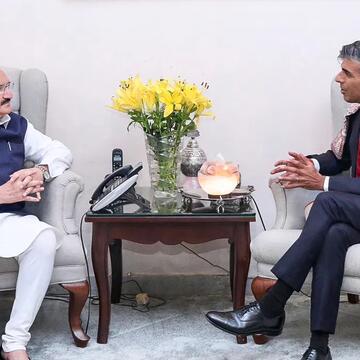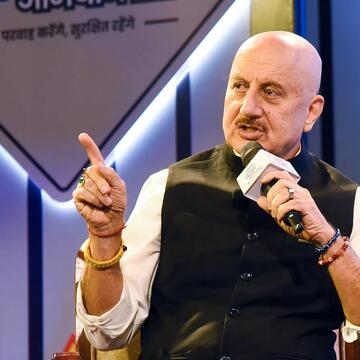Speaking virtually at World Hydrogen India, Union Minister Nitin Gadkari said five consortiums will implement the project across ten routes, with 37 hydrogen trucks in trials over two years. He added that nine hydrogen fueling stations will support these corridors to enable long-haul mobility powered by hydrogen, according to a report by ANI.
Key routes include Greater Noida–Delhi–Agra, Bhubaneswar–Puri–Konark, Ahmedabad–Vadodara–Surat, Sahibabad–Faridabad–Delhi and others that connect industrial clusters, ports and freight corridors. Gadkari emphasised the project covers the full hydrogen chain—production, compression, transport, storage, and refuelling.
Industry partners include Tata Motors, Ashok Leyland, Volvo, BPCL, IOCL, NTPC and Reliance. The budget of Rs 500 crore is allocated to these consortiums to kick off the trials.
Energy Goals, Challenges and Strategy Ahead
The Union Minister reiterated the government’s target of producing 5 million tonnes of green hydrogen annually by 2030, which could create 6 lakh jobs and attract Rs 8 lakh crore in investment. He also projected this would cut fossil fuel imports by about Rs 1 lakh crore a year and reduce CO₂ emissions by 3.6 gigatons by 2050.
Still, challenges loom. At present, the cost of hydrogen production is high and Gadkari has urged “need-based research” to bring down costs to viable levels for sectors like transport and industry. Also, establishing a robust infrastructure for refuelling and hydrogen supply will require significant investment and coordination.
If successful, India could position itself as a hub for green hydrogen technology, reduce its dependency on fossil fuels, and drive emissions down in hard-to-abate sectors, as per reports.











